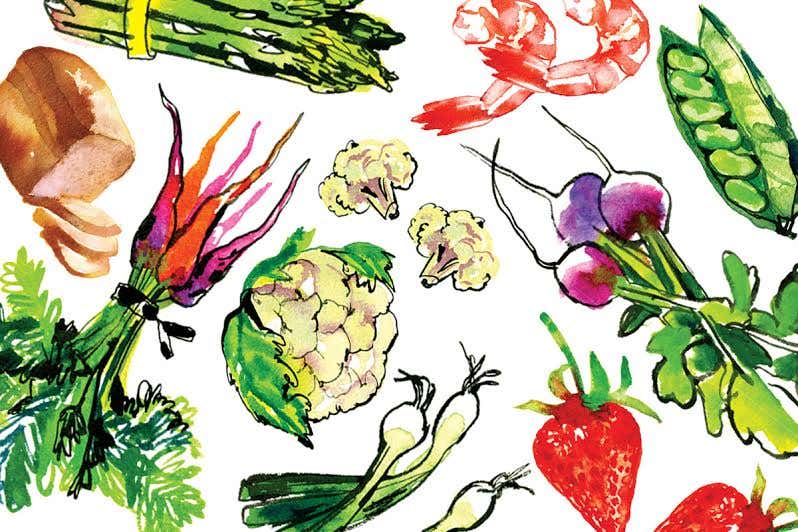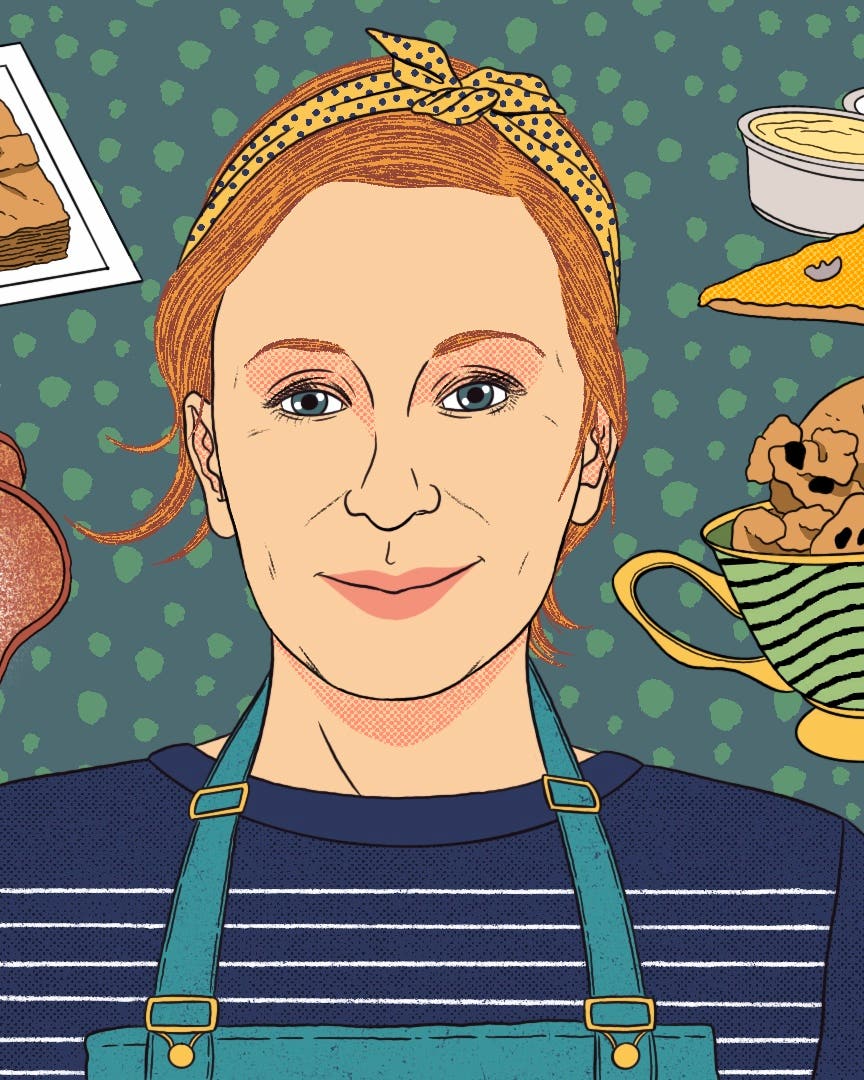
More Meat, Please
__
Decades before the advent of marketing slogans like "Beef: It's What's for Dinner" and "Pork: The Other White Meat", the meat industry promoted itself through more-modest means: recipe booklets, most of which were published by the National Live Stock and Meat Board (the precursor of today's National Cattleman's Beef Association) and then distributed to consumers via their local butcher shops and grocery stores._
_
I came across a few of these old booklets at a flea market several years ago and soon found myself hooked. Now I've got nearly 50 of them, dating primarily from the 1930s through the '60s. Their titles read like a carnivore's mantra: Ideas with Meat, Calendar of Meat Recipes, New Notes in Meat Recipes, Meat Recipes You'll Talk About, All About Meat, and so on._
_
With their colorful cover designs, sometimes questionable tips ("Lamb should be served hot or cold but never lukewarm"), and occasional product pitches (one recipe calls for a can of Kingan's Tasti-Creamed Lard), the booklets have a decided kitsch value. But they also provide a window onto a bygone era of American cooking. To flip through them is to discover a world where chicken was sometimes more expensive than other meats (hence several recipes for "city chicken", which is cubed, breaded veal or pork placed on a skewer to form an ersatz drumstick), where every housewife was expected to memorize cow- and pig-shaped butchery diagrams, and where meat could serve simultaneously as a symbol of affluence and of thrift (depending on which cuts you bought and how you cooked them). Meat eating could even be patriotic, as in the case of Meat Point Pointers, an early-1940s booklet with a star-spangled cover illustration of a smiling homemaker studying her war ration book. The text went so far as to declare that meat consumption was "vital to the war effort".
"They demonstrate big changes in the way we eat, no question," says Walt Barnhart, a meat-industry consultant in Littleton, Colorado, who began his own collection of meat booklets in the 1990s and now has more than 80 titles, many of which he's framed and hung in his office. "I started finding them at antiques shops in the Midwest, and then it snowballed and got a little out of control, as hobbies tend to do," he explains. "The more of them I saw, the more fascinated I became, because you get to see how people viewed meat throughout history. Just look at all the recipes that call for lard!"_
_
Speaking of the recipes, some are winners, and some aren't. Even serious offal fans might draw the line at sweet and sour beef heart (from My Best Meat Recipes, 1945). Others, like the one for cherry pork chops (from There's Always Time to Cook Meat, 1956), are quite good. And if you've always found a crown roast of pork either too costly or too intimidating, consider 1940's 250 Ways to Prepare Meat, which offers a nicely egalitarian solution: stuffed crown roast of frankfurters.
Keep Reading
Continue to Next Story










